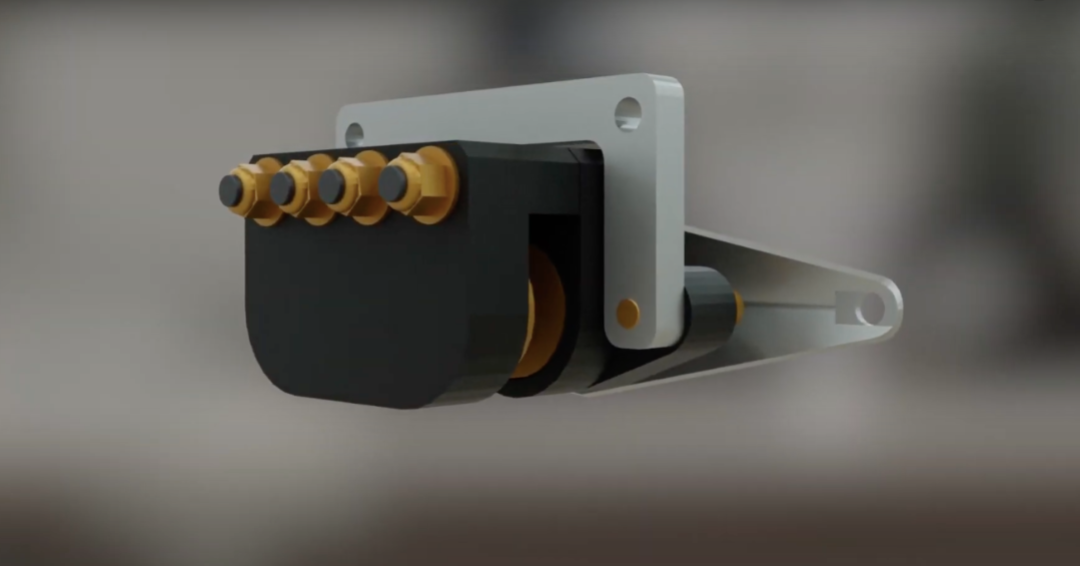
When we speak of brakes, most people think of a device that performs a stop-and-hold function, like the brakes on your car. In manufacturing, however, the goal is often to control wheel speed, by maintaining a specific amount of tension consistently or by incrementally increasing or decreasing tension. This is common in certain manufacturing processes such as packaging and printing.
Many people use caliper disc brakes for tensioning applications. They work with multiple power sources, though hydraulics and pneumatics are most often used in industrial settings.
Tensioning can solve specific types of needs:
- Belts on conveyors may use a pneumatic brake to help control speed, although in some applications the placement of the rollers can accomplish the same thing without the need for brakes.
- Brakes can also be used to create tension that moderates wind turbine speed when winds are very strong. In this case, the brakes are typically used in conjunction with gearing.
- Customers use pneumatic brakes on wire and hose reels – not for the usual type of tensioning, but to ensure a consistent speed that prevents recoil or over-rolling on completion.
Why Tensioning Matters
Let’s say you have a large roll of supply material -- perhaps metal wire or paper -- that feeds into a machine to be processed in some way. The wire might be crimped or cut into smaller-length rolls for retail sale. The paper might be going onto or coming off a web press. It takes a certain amount of force to unwind the material from the spool.
But if the speed is too fast or too slow, the processing equipment cannot function properly. The machine or the incoming material (or both) could be damaged, and the end product will be uselessly inconsistent. To avoid that, you need to ensure that the input roll unwinds at the right speed.
If your production needs are limited, you could devise a rudimentary solution that would require periodic human intervention. For example, you could run a strap around the spool and attach it to a weight. The weight would act as a counter-balance to apply tension on the input roll to help control its speed.
But it’s not that simple. Although the input speed must be consistent, the supply spool effectively runs at variable speed. As the spool unwinds, the circumference of the supply material steadily diminishes, causing the unwind speed to steadily increase. To prevent the feed line from becoming too slack, you would have to repeatedly adjust the amount of weight on the line controlling your spool. This could work if someone is on hand to do that, but it is inefficient and inconsistent.
Picking Pneumatic or Hydraulic
Either pneumatic or hydraulic pressure can be used successfully to operate caliper disc brakes in industrial settings. Factors such as material density and size, required tension, and emergency stopping capability all come into play, but in most cases, the choice comes down to budget. If air is already available, as it commonly is in manufacturing facilities, then pneumatic brakes would be the most efficient and cost-effective option. However, if tremendous force is required, then hydraulic brakes could be the best choice.
Tensioning brakes can be used with sensors to regulate the amount of force applied. Some sensors can be pre-programmed to automatically detect and increase or decrease tension to stay within the preset range.
Just the Right Amount of Tension
W.C. Branham offers a wide variety of actuators and braking products so customers can choose the right components to fit their application. We offer a broad range of caliper discs and disc-hub assemblies as well as pneumatic brakes. For customers who need the high pressure that hydraulics can provide but who have only air available, we recommend using air-over-oil intensifiers.
With so many options, we know you may have questions. We encourage you to contact us for help, or if you’d like to research more about brakes, download our complete guide below.


